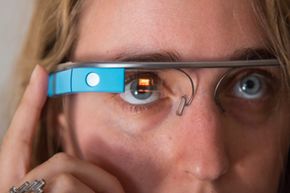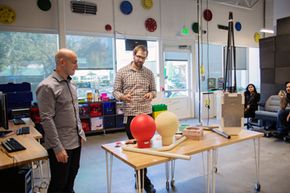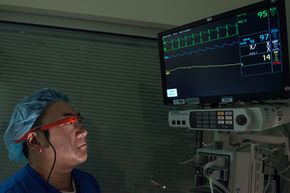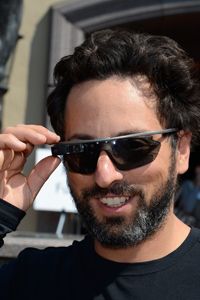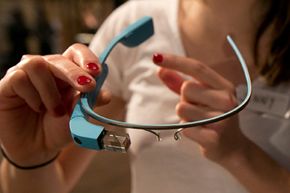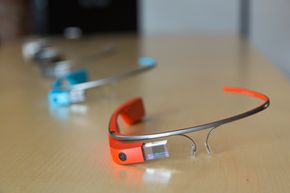According to string-theory advocates, our universe has at least 10 dimensions. But we humans can only directly perceive three spatial dimensions. We also experience the passage of time, a fourth dimension. Beyond that, we only know other dimensions are even possible through theoretical mathematics. Our universe may hold secrets that we will never be able to observe directly.
Even if you discount string theory and the idea of dimensions beyond our perception, our world contains a wealth of information that most of us aren't aware of in our daily lives. When visiting a city for the first time, for example, we may only have our senses to rely on when gathering information. A smartphone or computer can help out, pulling in more data about the city's geography, history, economics, cuisine and other cultural features.
Advertisement
Augmented-reality applications overlay a level of digital information on top of the physical world around us. With an one of these apps on your smartphone, you might be able to hold your phone's camera up to capture the image of a city street and then receive on-screen information about your surroundings.
While these augmented reality apps can be informative and entertaining, the form factor is still a little clunky. We have to hold up the smartphone and look at the screen -- it's like you're on a "Star Trek" away team, and you're the one with your eyes glued to a tricorder instead of drinking in the sights.
Google is one of several companies creating a solution to the problem comes in the form of a wearable device. It looks like a pair of glasses with one side of the frames thicker than the other. It's called Google Glass, and it might open your eyes to a new digital world -- or make you look like the nerdy Terminator who's always picked last for robo-dodgeball.
Advertisement
